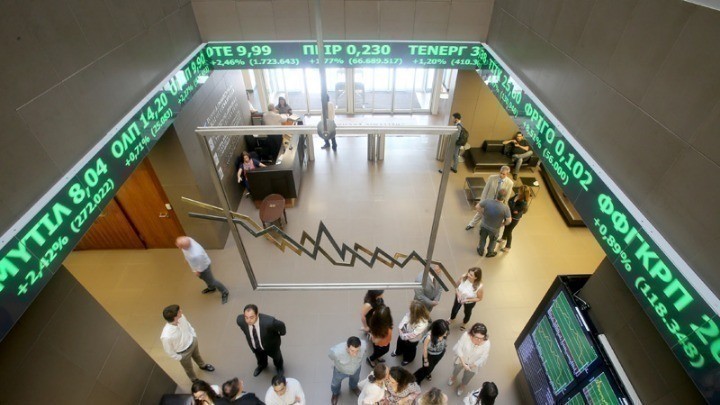
Average temperatures in Athens could jump 3.5C due to climate crisis after 2040, study finds

FILE PHOTO: People walking in Syntagma Square, during a heat wave in Athens. July 2024. ANA – MPA/ALEXANDROS BELTES
Studies have shown that the average temperature of the air in the greater urban area of Athens could rise by more than 3.5 degrees Celsius in 2041-2070 relative to 1971-2000, due to the repercussions of climate change combined with the ‘urban heat island’ phenomenon.
This was the finding of research conducted by the University of Athens by Professor Konstantinos Kartalis, a member of the EU Scientific Committee on Climate Change, based on the new worst-case scenario of the UN Intergovernmental Panel on Climate Change (IPCC), in the context of the research project CLIMPACT 2.
It is noted that a temperature increase of this size will significantly increase the future thermal risk in Athens in 2041-2070, while even in the present period of time, the central parts of Athens and Piraeus and the regions surrounding them present very high thermal danger, while this is lower in the northeast and east parts of Athens.
Talking to the Athens-Macedonian News Agency, Professor Kartalis said that Attica was following weather trends in the Southeastern Mediterranean and more globally in that there was an increase in the frequency, intensity and duration of heatwaves as a result of the anthropogenic warming of the planet recorded in the last 150 years. He noted that the heatwaves in Attica in 2022 and 2023 were indicative of these trends, combining high temperatures with extended duration that worsened thermal conditions in many urban areas.
Kartalis said that cities were more vulnerable to climate change as they also experienced the urban heat island phenomenon, created by the lower vegetation coverage, higher absorption of solar radiation and additional human-generated heat sources (cars, industry, buildings). This was more intense at nightfall, where urban areas cooled more slowly than the countryside.
Kartalis also noted the impact of higher temperatures on demand for electricity, with studies showing that electricity consumption in Athens rises 4.1% for every additional degree Celsius, while high and extreme temperatures increased mortality in people over 65 by 20% and 35%, respectively.
The map above shows the thermal risk in Athens using five categories of thermal risk, ranging from very low (green) to high (red) and extremely high (purple). The predicted 3.5 degree rise in temperatures in 2041-2070 is based on a worst-case assumption that there is no decline in use of fossil fuels and further greenhouse gas emissions.
Professor Kartalis highlighted the importance of research projects such as CLIMPACT for coming up with solutions that increase a city’s resilience to climate change.
Source: ANA – MPA
Greek champions Tentoglou and Katzouraki qualify for Paris Olympics finals

